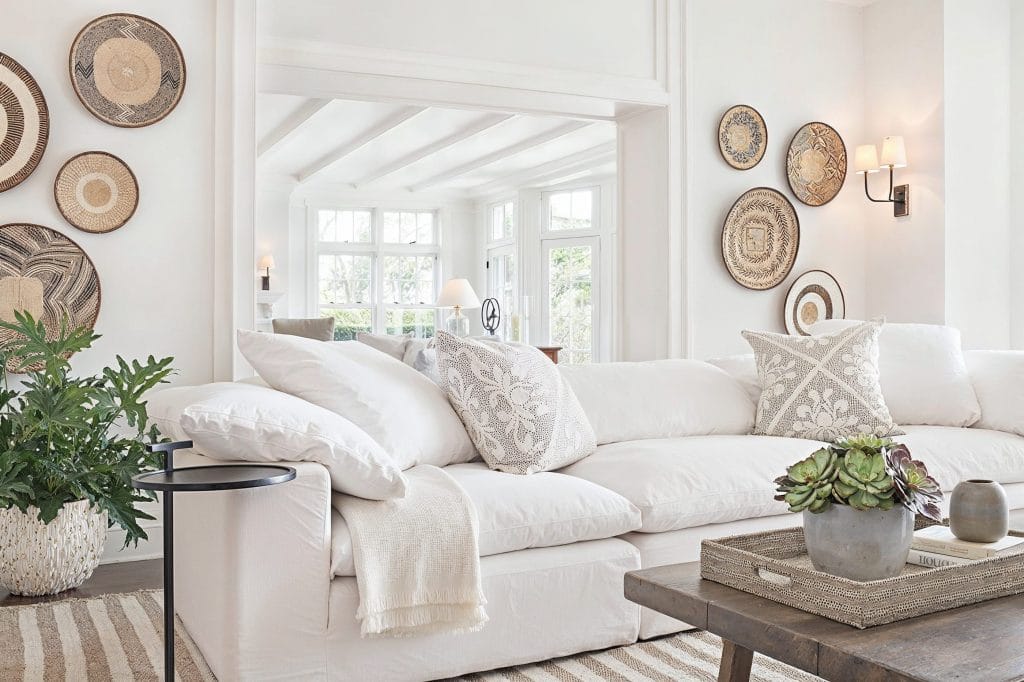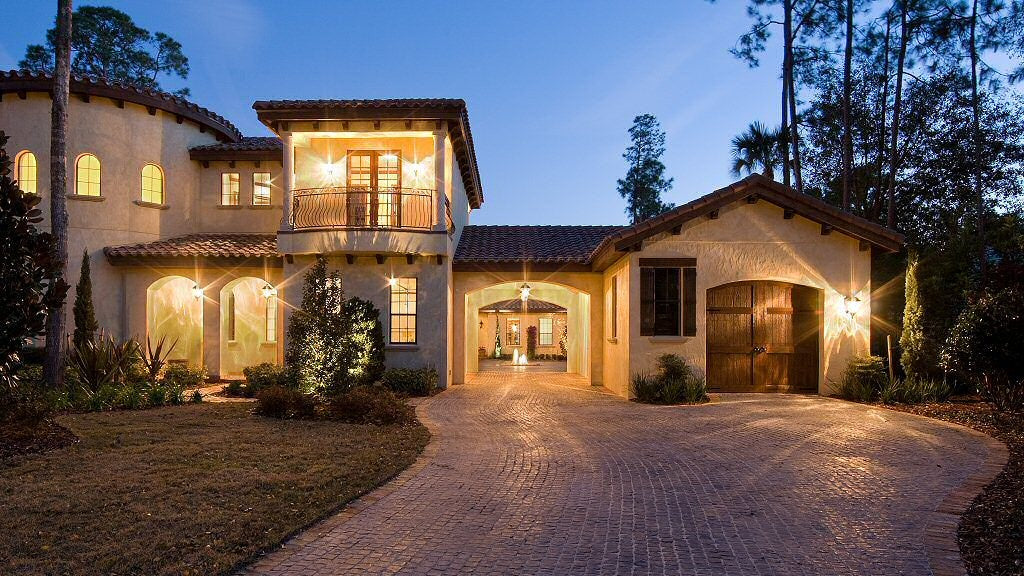Minimalist Interior Trends for 2025
Minimalist Interior Trends for 2025 as we step into 2025, interior design is moving toward a future where less is not only more—it’s everything. Clean lines, refined palettes, and intentional decor are taking center stage, reflecting a global shift toward purposeful living and understated luxury. The evolution of minimalist interior trends proves that simplicity doesn’t equate to sterility; rather, it invites calm, clarity, and character into our living spaces. Here’s a closer look at the key trends shaping minimalist interiors in 2025.

Soft Minimalism Takes the Lead
Minimalism in 2025 is shedding its cold, clinical skin in favor of a more humanized, organic approach. Soft minimalism embraces subtle curves, tactile materials, and warmer color schemes to add comfort to simplicity. Think gently rounded furniture edges, matte finishes, and fabric choices like bouclé, linen, and raw cotton.
The aesthetic is stripped back, but not stark. Design elements feel approachable, inviting you to sit, to stay, to breathe. This emerging style infuses warmth into the core of minimalist interior trends, balancing form and feeling in equal measure.
Muted Monochromes with Depth
The all-white minimalist palette is evolving. Designers are embracing monochromatic schemes that explore gradients of muted tones—beige to sand, sage to olive, and charcoal to soft gray. These tones maintain visual serenity while offering more dimension and personality than pure white ever could.
Layered neutrals and tonal palettes help a room feel cohesive without being bland. When applied with texture variation—like a concrete planter beside a plush wool rug—they bring nuanced richness to minimalist interior trends, reinforcing both elegance and restraint.
Multifunctional Furniture for Modular Living
As remote work and hybrid lifestyles remain the norm, multifunctional furniture has become essential. Modular sofas, foldaway desks, expandable dining tables, and storage-integrated seating are just a few of the smart additions driving this trend.
These design solutions don’t just save space; they preserve visual minimalism by reducing clutter and maximizing flexibility. One item can serve three purposes, enabling smaller spaces to feel open, adaptive, and efficient. These innovations are not only clever—they’re vital elements in modern minimalist interior trends.
Sculptural Lighting as Art
Lighting in minimalist spaces has evolved beyond necessity. In 2025, it’s an artistic centerpiece. Oversized pendants, abstract chandeliers, and floating orb sconces punctuate the room without overwhelming it. Their forms—clean, fluid, sometimes asymmetrical—offer structure and drama in an otherwise pared-down environment.
Materials such as frosted glass, brushed aluminum, and stone bases add texture while maintaining the integrity of the minimalist ethos. This type of lighting reflects how minimalist interior trends are integrating form and function in increasingly expressive ways.
Built-In Everything
Custom built-ins are gaining momentum, offering seamless integration of storage, seating, shelving, and technology into architectural forms. Floating benches beneath windows, recessed bookshelves between walls, and frameless cabinetry all contribute to the illusion of openness.
Built-ins eliminate visual clutter and provide a tailored, intentional finish. They also maximize usable space while adhering to minimalist principles. These spatial efficiencies are becoming signature features in forward-thinking minimalist interior trends.
Nature as Design Companion
Biophilic design continues to influence minimalism deeply in 2025. Natural materials—stone, wood, clay, bamboo—are becoming design mainstays. But beyond aesthetics, there’s a shift toward sensory harmony. Organic textures, irregular forms, and subtle imperfections evoke a sense of calm and authenticity.
Indoor plants are also being incorporated with more discipline. A single oversized tree in a corner, or a curated cluster of succulents, replaces scattered greenery. The goal is deliberate interaction with nature, a recurring theme among the most elegant minimalist interior trends.
Texture-First Design Thinking
With color palettes becoming more subdued, texture is stepping into the spotlight. Minimalist spaces now feature tactile contrasts that add depth without visual noise. Plastered walls, fluted wood paneling, microcement finishes, and woven textiles are some of the key elements making surfaces come alive.
Texture doesn’t shout—it whispers sophistication. It invites touch and rewards attention to detail. This textural shift is redefining what it means to decorate within the bounds of minimalist interior trends, offering complexity without clutter.
Sustainability Meets Simplicity
In 2025, minimalism and sustainability are increasingly intertwined. Homeowners are seeking furnishings that are responsibly sourced, built to last, and free from synthetic excess. Reclaimed woods, recycled metals, and low-VOC finishes are not just environmentally friendly—they’re a badge of mindful living.
Longevity is key. Timeless design replaces fast furniture, reflecting a preference for investment pieces with enduring form and function. As consumers become more conscious, minimalist interior trends are doubling down on ethical elegance and slow design.
Clutter-Free Tech Integration
Smart home systems are becoming more invisible than ever, blending seamlessly into minimalist environments. Speakers hidden in ceilings, motion-sensor lighting, voice-activated shades—technology is now embedded into the home without disrupting its visual peace.
Charging stations, cable management systems, and concealed outlets keep functionality discreet. As homes grow more intelligent, they’re also becoming more serene—yet another example of how minimalist interior trends are evolving with modern lifestyles.
Negative Space as Intentional Design
One of the most powerful tools in minimalist design is absence. Negative space—what’s not there—allows the eye to rest, breathe, and appreciate the surrounding elements. In 2025, this idea becomes even more refined, with designers using emptiness as a feature, not a flaw.
Sparse wall decor, generous breathing room between furniture, and deliberate gaps in shelving all contribute to spatial mindfulness. Negative space adds gravity and calm, making it a core philosophy in current minimalist interior trends.
Curated Personal Expression
Minimalism no longer demands emotionless perfection. In 2025, spaces are allowed to feel personal—just not crowded. One oversized art piece. A handcrafted bowl. A single heirloom displayed with reverence. These choices infuse soul without overwhelming the senses.
The modern minimalist home tells a story—edited, poetic, and restrained. Personality shines through subtle, intentional choices that honor craftsmanship and memory. It’s minimalism redefined for modern humanity, and one of the most refreshing shifts in emerging minimalist interior trends.
Minimalism in 2025 is more than a visual style—it’s a lifestyle, a mindset, and a quiet rebellion against the excess of the past. It embraces quality over quantity, serenity over spectacle, and meaning over mass. As these minimalist interior trends continue to evolve, they reflect a global yearning for clarity, connection, and conscious living. In their simplicity, they offer something truly luxurious: space to think, to feel, and to just be.

